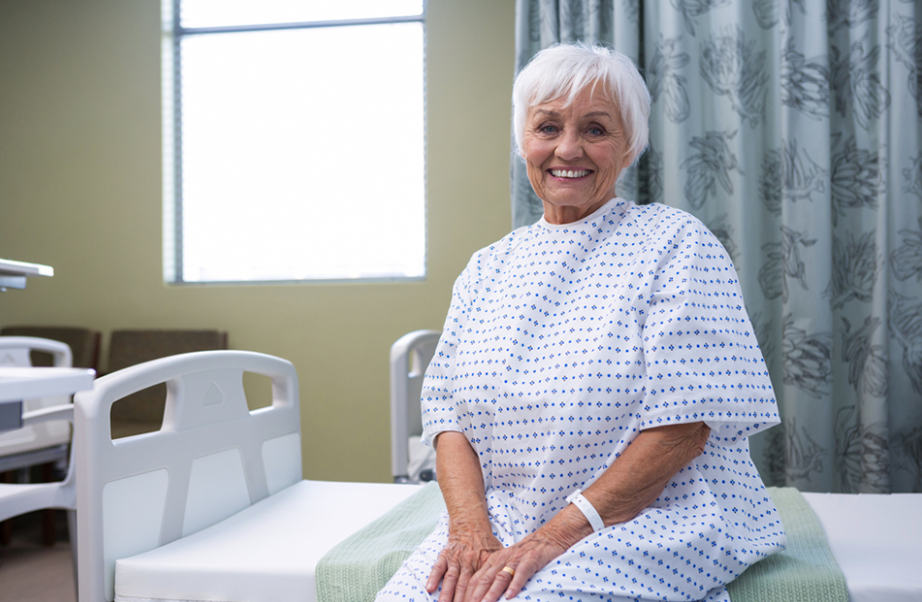
Belonging to one or more groups with long-standing social and economic disadvantages increases the risk of cancer diagnoses and death, according to our review of 28 cancer studies published between 2012 and 2021.
People who were both nonwhite and LGBTQ received fewer cancer prevention services and had fewer cancer screenings, we found, for example.
We started by searching for studies of groups with poor cancer outcomes. Then we narrowed our focus to cancer studies that specified the race, sexual orientation, gender identity, socioeconomic status, disability status or rural residency of study participants. We found just 28 that provided such information. We classified those studies according to the aspect of cancer care they covered. Some studies, for example, were about cancer screening and prevention, while others focused on treatment.
Most of the studies focused on what people did to prevent cancer or to check for it. Examples include getting mammograms or a human papilloma virus vaccine. And we found some studies that were about specific kinds of cancer, like cervical or breast.
We found that sexual orientation and race influenced whether women chose to get screened for cancer or to take preventive treatments. Nonwhite women of low socioeconomic status also had lower cancer survival rates. We saw that these patients experienced fears of discrimination, a general discomfort with health care providers and more distrust of the health care system.
Why it matters
Despite advances in detection and treatment, cancer remains the second-leading cause of death in the United States. And in communities with long-standing social and economic disadvantages, the risk of cancer diagnoses and death is higher than in the general population.
For example, Black women are more likely than white women to die of breast cancer. New diagnoses of prostate cancer occur more frequently in rural Appalachia, compared with urban areas in the same region. And bisexual women are 70% more likely to get a cancer diagnosis, compared with heterosexual women.
Cancer care research usually overlooks the multiple identities of individual patients. But most people have more than one social identity, and those identities are hard to separate from one another. For example, a gay Black man is not gay one day and Black the next; he’s both, all the time. And he has different experiences of discrimination and disadvantage compared with a straight Black man.
Intersectionality describes the recognition and consideration of a person’s multiple, intersecting social identities. Taking these multiple identities into consideration could help improve cancer prevention and survival among those who belong to one or more historically disadvantaged groups.
What still isn’t known
We did not look at lifestyle behaviors, such as smoking, that could increase the risk of getting cancer and contribute to poorer cancer treatment outcomes. However, cancer disparities based on lifestyle behaviors are well documented, and it would be valuable to look at how complex identities and lifestyle affect those outcomes.
As researchers we wanted to focus on identifying studies in the literature that focused on the interconnected, multiple ways patients self-identify and how this related to their health care. Unfortunately, only a small amount of data was available, and our current report suffered from these limitations.
What’s next
Our paper describes ways for scientists to take patients’ multiple identities into account when doing cancer research. This model includes recommendations for setting up studies, conducting the research itself and documenting the findings. Considering more complex patient identities could make future studies more consistent and understandable. It will help fill some large gaps we’re seeing in how researchers study cancer.
This article was originally posted on Race, gender and the ways these identities intersect matter in cancer outcomes